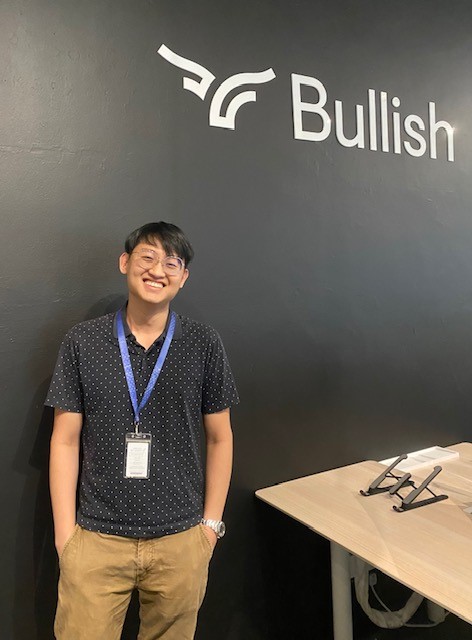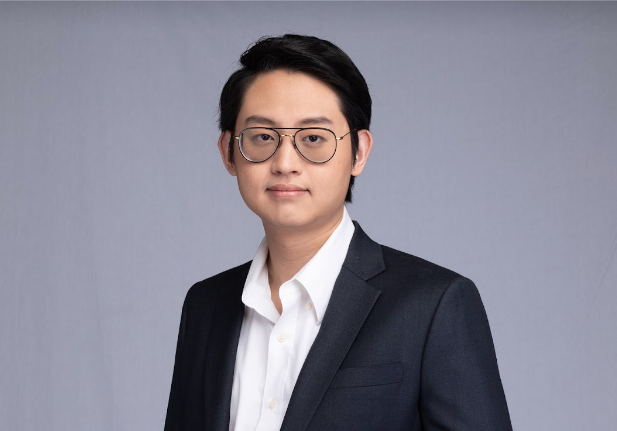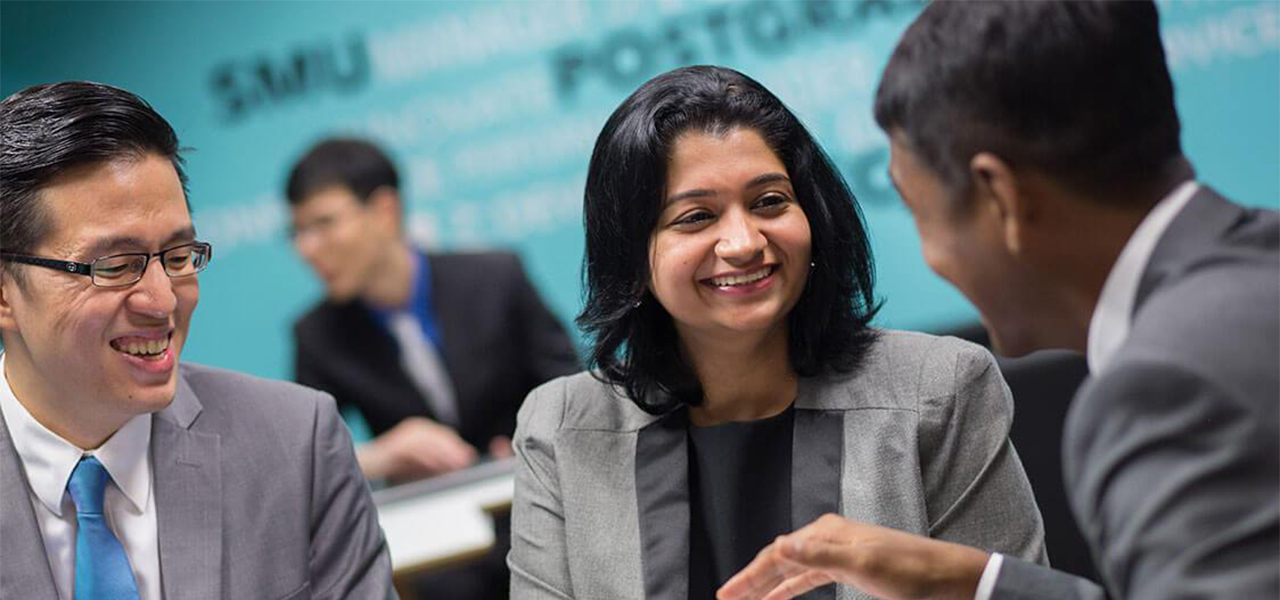By eFinancialCareers
Even before his career pivot, Miti Nopnirapath already ranked among the financial market’s most in-demand talents – but the data scientist wanted more out of his work.
“I was churning out data for portfolio managers and writing proofs of concept, and after a while, I felt I needed further training. I could do 80 percent of the work perfectly, but you need to achieve 90 percent and more. That's when people start to say: that's good,” he says.
Hungry for higher-level impact, he left a plum role at Siam Commercial Bank Asset Management in Bangkok – where he had created a proprietary machine learning and data engineering python library – for a school in Singapore, Southeast Asia’s fintech hub.
Inspired by the career path of a senior colleague with computational finance qualifications, Nopnirapath, who holds a CFA designation, sought a highly practical course that would deepen his competencies and open doors to offers.
His target? A Master of Science in Quantitative Finance (MQF) degree from the Lee Kong Chian School of Business at Singapore Management University (SMU).
“The programme is aimed towards practitioners, and taught by practitioners in the field. All modules come with projects, and you have to use Python to create a mock-up of whatever you’re learning in every class,” he says.
“I felt this was a good balance between theory and practical. When you go for job interviews, you can pull these projects up to show what you’ve worked on. That interested me much more than just going through the motions of learning.”
A new path

Armed with an SMU postgraduate scholarship, Nopnirapath enrolled – and found his eyes opened to the possibilities in the intersection between finance, data, and technology.
“I got the knowledge I was missing, but it also lit up how big the field was, and helped me see the direction I should go next.”
Aside from an updated curriculum covering cutting-edge concepts across quantitative trading strategies, machine learning and market microstructure, SMU’s MQF students can also pursue one of three specialisation tracks: in algorithmic trading, financial data science, or risk analytics.
Lessons on topics including risk and quantitative analysis furnished him with critical contextual knowledge to program, code and test better products for financial institutions.
More importantly, a module on stochastic calculus – an area of study that influences pricing and hedging of financial derivatives – was pivotal in his decision to chart a new career path in quantitative finance.
“It changed my worldview,” he says. “Now I understood that there was a way to analytically analyse financial instruments, risks, and derivatives. If you're in a normal finance job, a lot of your work can be replaced by automation.
But because this field combines mathematics, programming, and finance, there’s a lot of future proofing involved. Even if you try to Google the equations, most of the time you're not going to find any answers on the Internet. That's how I ended up looking for a quantitative developer job.”
For this highly competitive role, the Dean’s List student adds that a Master’s degree is practically a minimum requirement.
“While there’s high demand, there are very few openings and you’re competing against PhD holders or Ivy League graduates,” he says. “It’s very hard to get a role.”
High-level impact

Inspired to pursue this new career path, Nopnirapath secured a seven-month stint at Singapore-headquartered investor Lighthouse Canton, to cement his enhanced knowledge of finance, trading, and software development.
This internship – a compulsory component of the MQF programme intended to provide critical real-world experience – then helped him score a role as a quantitative developer at fintech firm Bullish Singapore upon graduation.
Today, he creates models, programmes software contracts, and analyses for bugs. “It's not simple bugs, like if someone forgot to put in a semicolon,” he says. “It's checking whether the risk we’re calculating for assets or derivatives is correct, and if trade flows and value transfers add up financially. A high level of precision is required, because the cost of failure is high. If you lose a cent on each trade, it can add up to millions.”
But influence over these stakes provides precisely the impact he desires. “I'm in a team that implements products and business logic, not just provides support. That means I have a hand in shaping what's next for our company.”
For those looking to pull off similar career shifts, Nopnirapath’s advice is practical: to make the most of learning opportunities, have knowledge to offer and be ready to invest effort.
“MQF is project-heavy,” he says. “When you contribute, that's when you obtain the knowledge and training needed to pass interviews and actually do your job.”
“Some of my peers were good at research, others at trading and mentoring. If you come in with strengths to share, and work with people as passionate, you’ll benefit so much more. Be ready to put in the effort. It will greatly pay off.”
This article was originally published on eFinancialCareers (August 2024).





